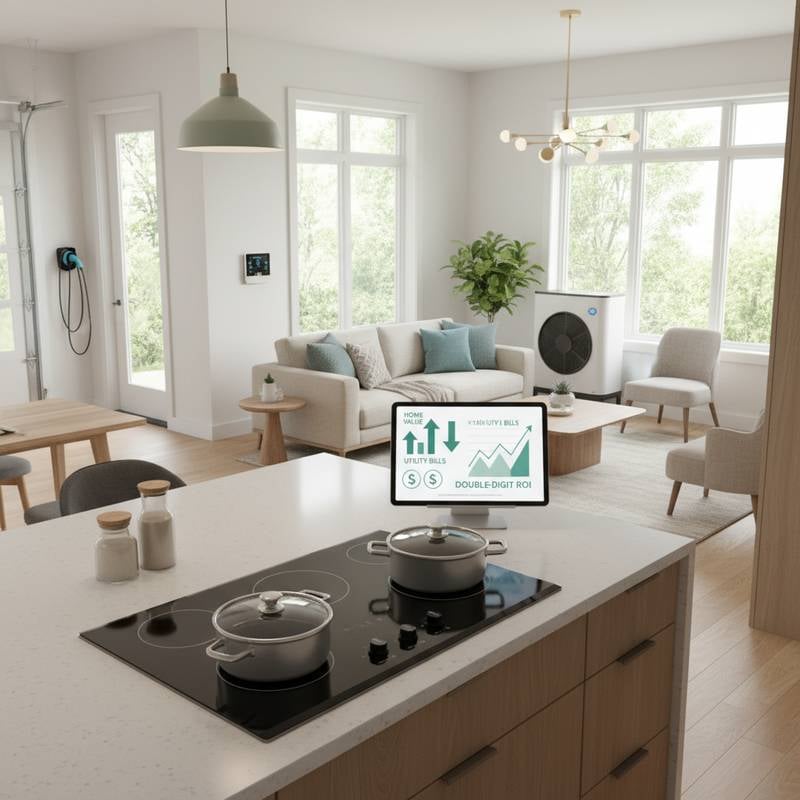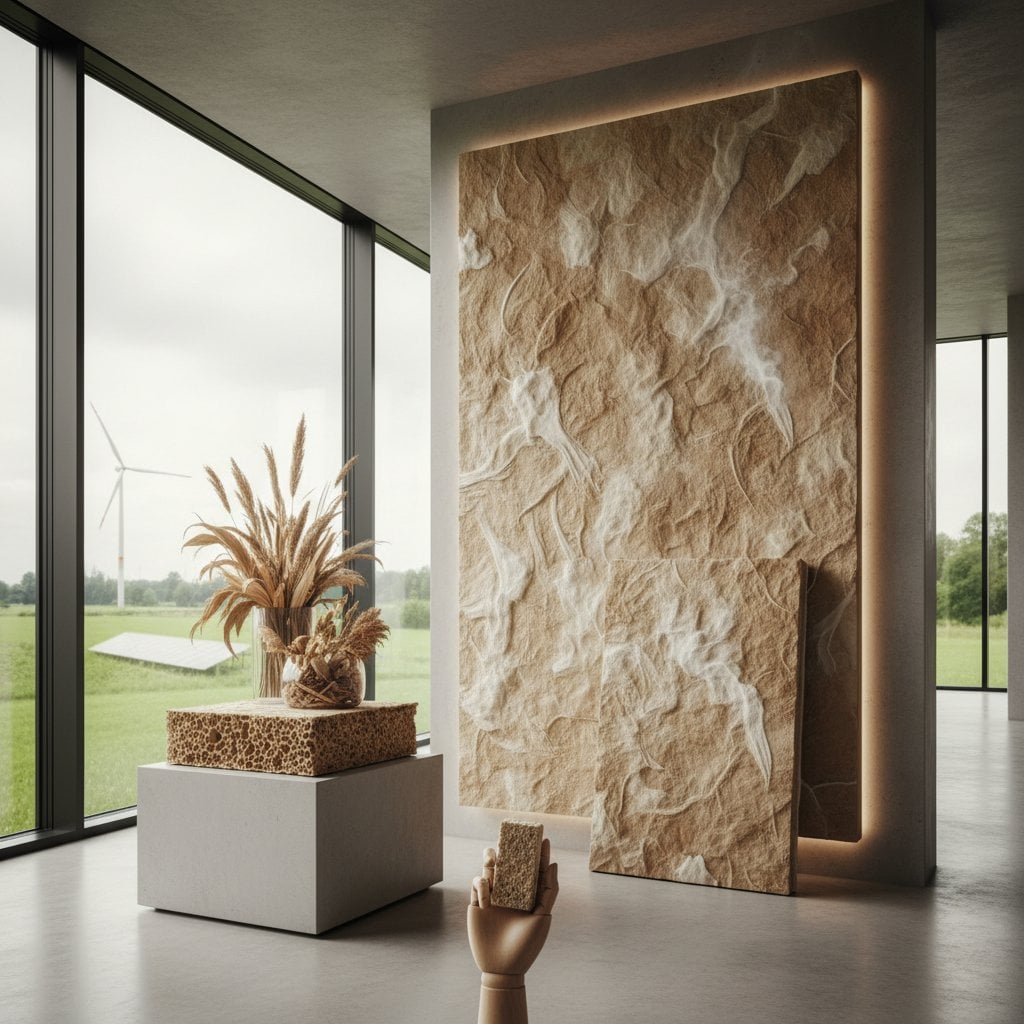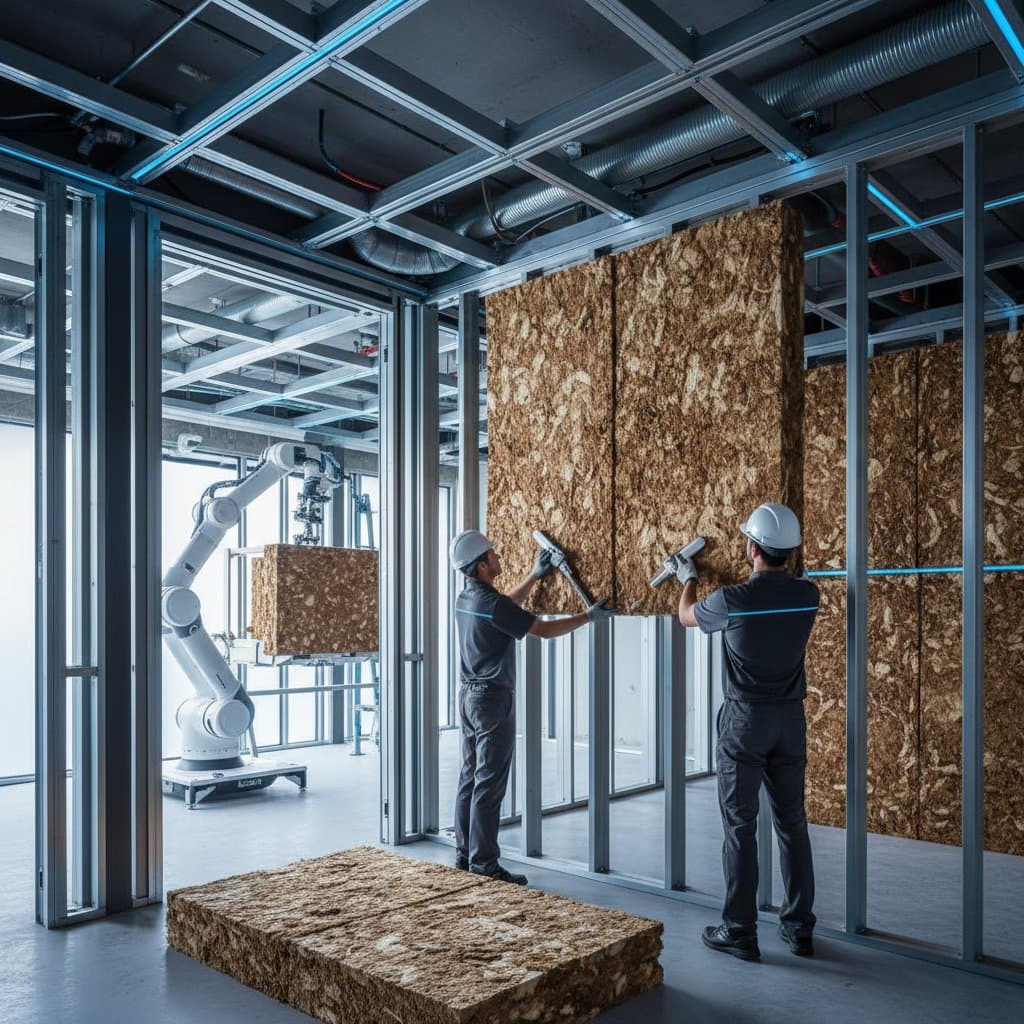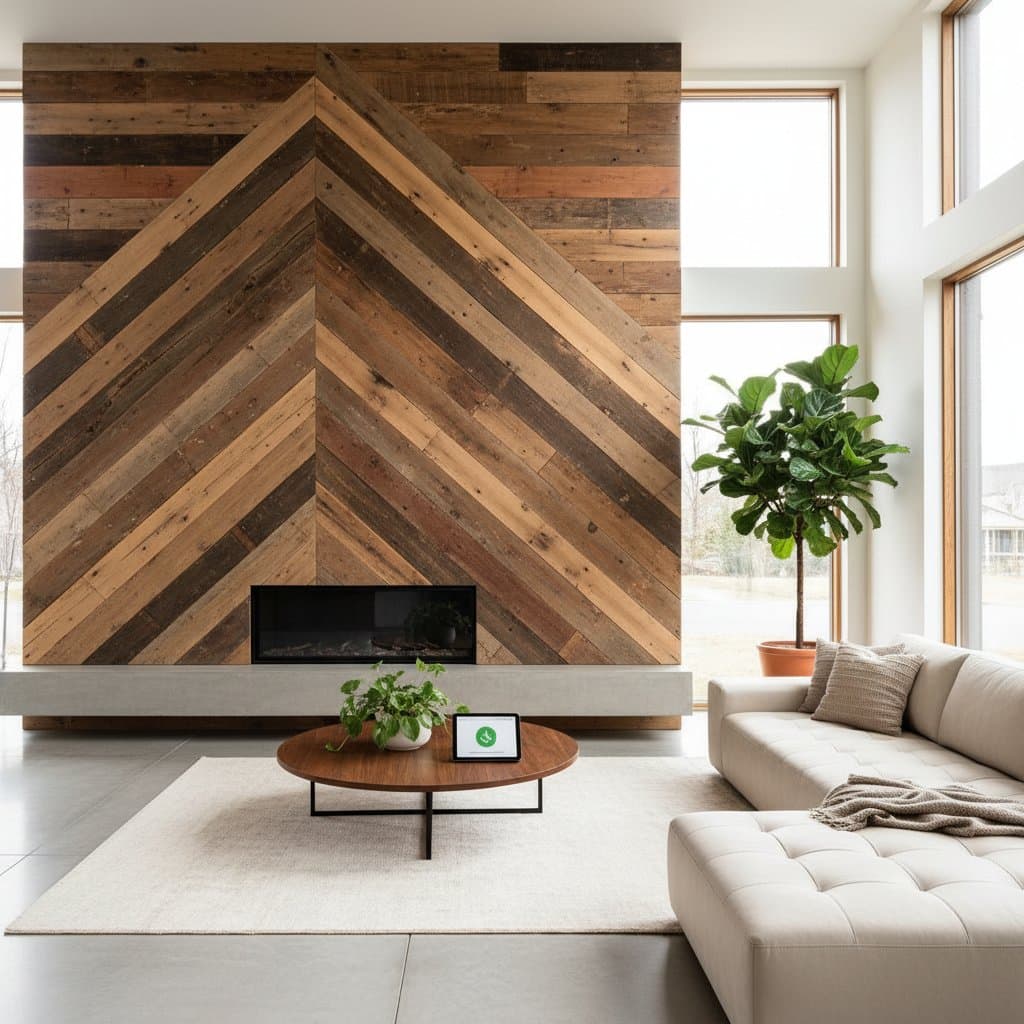Key Points
- Mycelium-based mushroom insulation offers a fully biodegradable option that outperforms traditional materials in sustainability without sacrificing energy efficiency.
- Homeowners can achieve reductions in heating and cooling costs of up to 25 percent, influenced by factors such as regional climate and building design.
- The material excels in thermal insulation, sequesters carbon, and provides inherent resistance to fire and pests, aligning with broader environmental and safety standards.
Discovering Mycelium's Role in Home Insulation
Picture insulation that emerges from nature's own processes, integrating seamlessly into your living spaces. Mushroom insulation harnesses the root-like network of fungi known as mycelium to create panels that blend innovation with ecology. This approach moves beyond mere sustainability; it delivers practical benefits that resonate with builders and residents pursuing efficient, low-impact homes.
Conventional options like fiberglass and foam boards depend on resource-heavy production methods tied to fossil fuels. In contrast, mycelium insulation develops in controlled molds using substrates such as hemp hurds, wheat straw, or wood chips—common agricultural residues. Within five to seven days, the fungal network weaves these elements into solid forms, which then undergo low-temperature drying for easy shaping and installation in standard wall frames or roof assemblies.
Environmental and Economic Advantages
The appeal of mycelium insulation lies in its closed-loop lifecycle. Upon decommissioning, the panels decompose naturally, returning nutrients to the soil without landfill contributions. Manufacturing requires far less energy than synthetic alternatives, as growth occurs at ambient temperatures, and each batch effectively captures carbon from waste materials that might otherwise emit greenhouse gases during decay.
Economically, the material proves its worth through performance metrics. It achieves R-values ranging from R-3.5 to R-5 per inch, comparable to premium fiberglass, ensuring effective heat retention in diverse climates. For a typical 2,000-square-foot home, this efficiency can yield annual savings of several hundred dollars on utilities, with payback periods shortening as energy rates rise.
Addressing Durability and Installation Challenges
Concerns about longevity often arise with organic materials, yet mycelium insulation demonstrates robust qualities. Once processed and coated with borate solutions, it repels moisture and deters common pests like termites, outperforming untreated cellulose in humid environments. Its fire behavior is particularly noteworthy: the material forms a protective char layer that slows flame spread, earning Class A ratings in standardized tests.
Installation follows familiar protocols for contractors. Panels arrive pre-cut or customizable on-site with basic tools, slotting into 2x4 studs or joist spaces without special equipment. Professionals note the absence of volatile compounds, which eliminates health risks associated with fiberglass handling and improves worksite air quality during retrofits or new builds.
Navigating Costs and Future Availability
Initial expenses for mycelium insulation range from $1.50 to $2.50 per square foot, positioning it 15 to 25 percent above basic fiberglass due to emerging production scales. However, these costs diminish with volume: incentives like tax credits for green materials and reduced long-term energy outlays often recoup the difference within three to seven years. Moreover, homes featuring bio-based insulation attract premium buyers, boosting property values by 5 to 10 percent in eco-preferred markets.
Market growth signals broader access ahead. Leading producers are scaling facilities in agricultural regions, targeting price parity with synthetics by mid-decade. Early adopters gain not only savings but also certification advantages for programs like LEED, enhancing appeal in commercial and residential sectors alike.
Steps to Integrate Mycelium Insulation
Begin by scheduling an energy assessment from a certified auditor to identify high-loss areas, such as uninsulated attics or exterior walls. Partner with architects experienced in biophilic design to integrate mycelium panels alongside complementary systems like passive solar features. For budget-conscious projects, prioritize targeted upgrades—such as insulating garage doors or creating soundproof room dividers—before committing to full renovations.
Proper preparation includes ensuring ventilation to maintain optimal humidity levels below 60 percent during curing. Source materials from verified suppliers to guarantee quality, and document the installation for potential rebates. This strategic approach not only optimizes performance but also elevates your home's resilience against rising energy demands.
Realizing Lasting Benefits for Home and Environment
Embracing mycelium insulation elevates everyday living through enhanced thermal comfort and purified indoor air, free from synthetic off-gassing. It positions your property as a model of forward-thinking stewardship, yielding dividends in cost efficiency and ecological harmony. Ultimately, this choice fosters a built environment that nurtures both inhabitants and the surrounding ecosystem.










